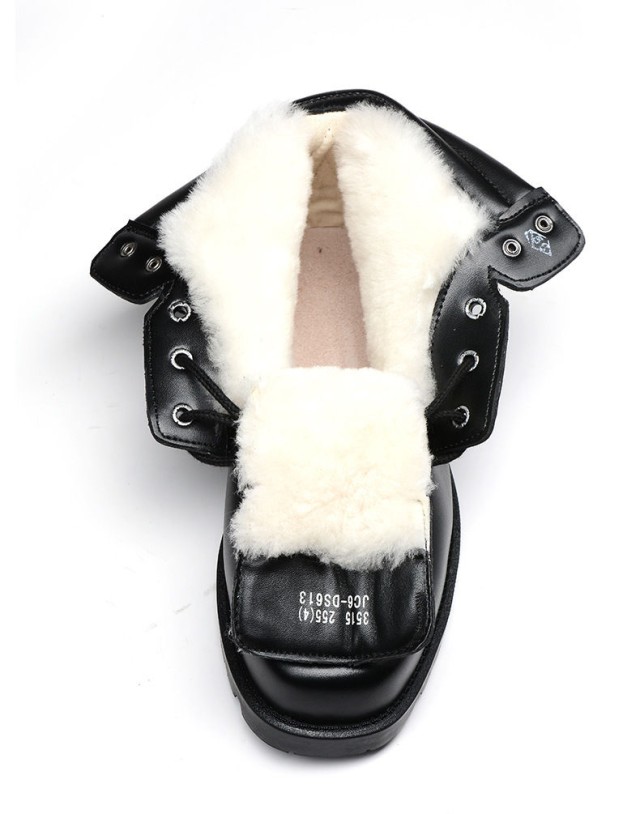When temperatures drop, your footwear becomes the first line of defense against the elements. But not all cold-weather boots are created equal. Snow boots and winter boots serve distinct purposes, and choosing the wrong type can leave you uncomfortable—or worse, unsafe. This guide breaks down their technical differences, functional priorities, and ideal use cases to help you invest in the right protection for your needs.
Choosing the Right Cold-Weather Footwear
The key to staying warm and dry lies in matching your boots to the environment. Research shows that urban commuters and backcountry hikers face vastly different challenges, from icy pavements to deep snowdrifts. Here’s how to align your choice with real-world conditions.
Critical Design Features of Snow Boots
Snow boots are built for extreme conditions. Their design focuses on three non-negotiable elements:
- Height and Coverage: Tall shafts (often knee-high) prevent snow ingress, while sealed seams block moisture.
- Aggressive Traction: Deep-lugged outsoles with Arctic-grade rubber grip icy terrain.
- Thermal Insulation: Synthetic linings like Thinsulate™ retain heat in sub-zero temperatures.
Unlike winter boots, snow boots prioritize function over fashion—think rugged materials like waterproof nylon and reinforced toe caps.
Functional Priorities in Winter Boots
Winter boots excel in everyday cold-weather scenarios. They balance warmth with versatility:
- Moderate Insulation: Enough for city winters (typically rated to -20°F/-29°C) but lighter than snow boots.
- Slip-Resistant Soles: Optimized for wet pavement, not deep snow.
- Stylish Designs: Often resemble casual boots or ankle-height shoes.
For example, a commuter navigating salted sidewalks needs a winter boot’s sleek profile and water-repellent leather—not a snow boot’s bulk.
Matching Boot Types to Your Activities
Scenario 1: Deep Snow Hiking vs. Urban Commuting
- Snow Boots: Essential for activities like snowshoeing or shoveling heavy drifts. Their high collars and waterproof membranes (e.g., Gore-Tex®) prevent snow from seeping in.
- Winter Boots: Ideal for walking the dog or running errands. Look for moisture-wicking linings to handle slush without overheating.
Scenario 2: Sub-Zero Temperatures vs. Damp Pavements
- Sub-Zero: Snow boots with reflective insulation and removable liners handle prolonged exposure.
- Damp Conditions: Winter boots with oil-tanned leather or rubberized coatings repel road salt and light snow.
Expert Criteria for Selection
Traction, Insulation, and Waterproofing Benchmarks
-
Traction:
- Snow boots: ≥8 mm lug depth for unstable surfaces.
- Winter boots: Wave-patterned soles to prevent pavement slips.
-
Insulation:
- Snow boots: 200–400g Thinsulate™ or equivalent.
- Winter boots: 50–200g, often with faux fur liners.
-
Waterproofing:
- Both types should have sealed seams. Snow boots add gusseted tongues to block powder.
Ready to equip your inventory with the right cold-weather solutions? 3515 manufactures premium snow and winter boots tailored to distributors and brands. From Arctic-ready designs to urban winter styles, our production expertise ensures quality at scale. [Contact us] to discuss bulk orders or custom designs.
Have you considered how boot height impacts warmth? A knee-high snow boot can reduce heat loss by up to 30% compared to ankle-cut designs.
Related Products
- Wholesale Customizable Suede Safety Boots - Puncture-Proof with Velcro Closure
- Durable Leather Work Boots for Wholesale & Custom OEM Manufacturing
- Durable Mid-Cut Tactical Boots for Wholesale & Private Label
- Wholesale Durable Mid-Cut Tactical Boots for Custom & Private Label Brands
- Durable Military Combat Boots with Water Drainage for Wholesale & OEM
Related Articles
- How Safety Work Boots Engineer Protection: Features and Standards for Targeted Hazard Mitigation
- How to Extend Work Boot Lifespan: Science-Backed Care for Safety & Savings
- Steel Toe Work Boots: Balancing Safety and Comfort for Demanding Jobs
- How to Choose Work Boot Materials for Maximum Safety and Durability
- Work Boots vs. Western Boots: How to Choose the Right Footwear for Labor Safety



















